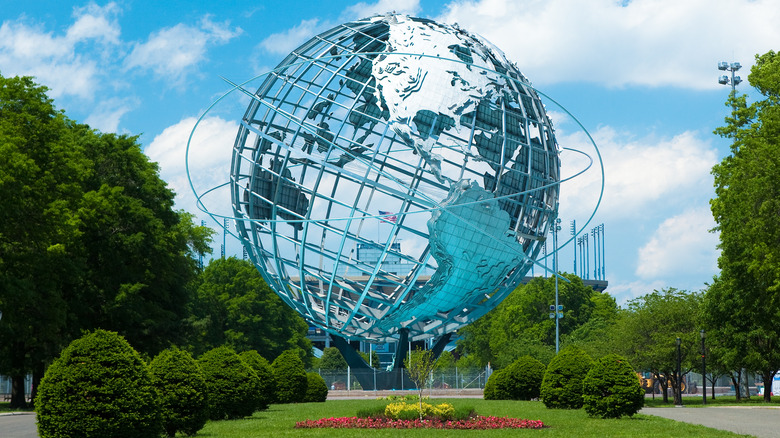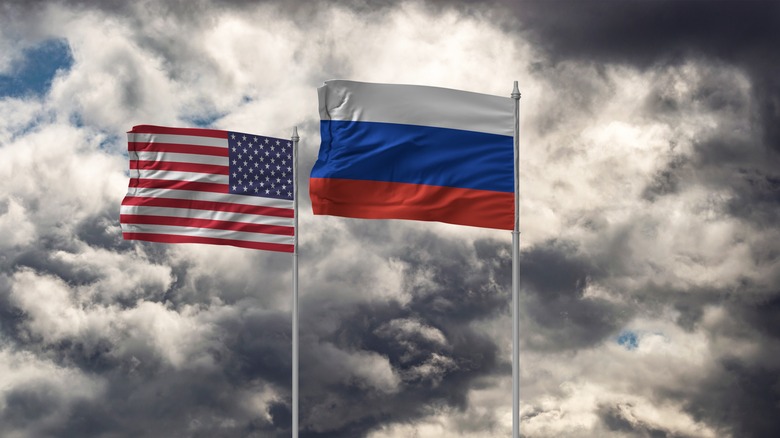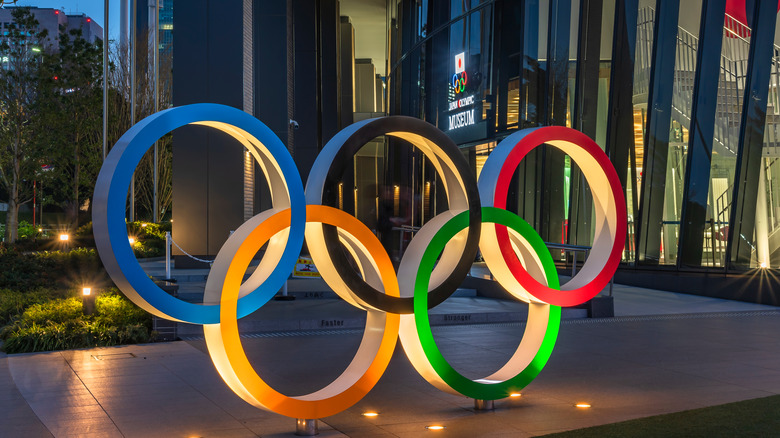Here's Why There Are No More World's Fairs
When it came to showcasing some of the most interesting scientific and cultural creations around the world, the world's fair was the peak exhibition in days gone by. According to Britannica, the world's fair was a massive international event that featured some of the world's most ingenious inventors and artists. World fairs actually have a relative in the form of English national fairs. These took place in the 18th century and were basically a combination of carnivals and trade shows. They featured both entertainment and bleeding edge innovation at the time.
As History explains, the first world's fair took place in the year 1851: the Crystal Palace Exhibition in Hyde Park in London. This festival was also a staggering international exhibition, showcasing culture and technology from many different countries. This was held as a celebration of industrialization, proving what human ingenuity could do when collective talents pool together. Yet despite their importance in history, world's fairs just stopped happening at some point. Why?
The world's fair lost traction after the Cold War
The world's fair might seem like an apolitical event, but much of its focus in the U.S was actually a way to show military and technological might. According to Smithsonian Magazine, world's fairs were exceedingly popular across the planet in places like Europe and Asia. For the United States, however, enthusiasm for them had dwindled significantly in the second half of the 20th century. The last world's fair in America was in 1984, for the simple reason that there simply isn't enough investment in them anymore. The United States emerged as the leading world superpower after the Cold War, which meant that using world's fairs as a way of demonstrating technological prowess and international diplomacy simply wasn't needed anymore.
As Britannica explains, many of the expositions during the Cold War often had a competitive edge to them between the United States and Soviet Union. The 1962 Century 21 Exposition that was held in Seattle had a heavy focus on space exploration. Given the space race tensions, it's easy to see how this was a kind of scientific challenge to the Soviet Union.
Other events have taken the place of world's fairs
The end of the Cold War wasn't the only factor in world's fairs becoming less popular. According to Smithsonian Magazine, many functions of world's fairs were essentially replaced with bigger, more popular attractions. Theme parks like Disney's and their Tomorrowland attractions contain many of the same speculative tech excitement that expositions offered. Olympic Games also fulfill the international exhibition aspect of world's fairs. Television is a major contributor to the decline of world's fairs, especially Olympic Games broadcasts.
Despite this dwindling popularity, expos of one sort or another still occur around the world. As stated by Britannica, places like China have had major expositions in the 21st century, like Expo Shanghai 2010. Japan also had an expo back in 2005 in the city of Nagoya. Yŏsu, South Korea had its own expo in 2012, Milan in 2015, and Astana, Kazakhstan had its own in 2017. Despite this, expos have largely disappeared in many parts of the world, especially the United States. Only time will tell if they'll ever make a significant comeback.


